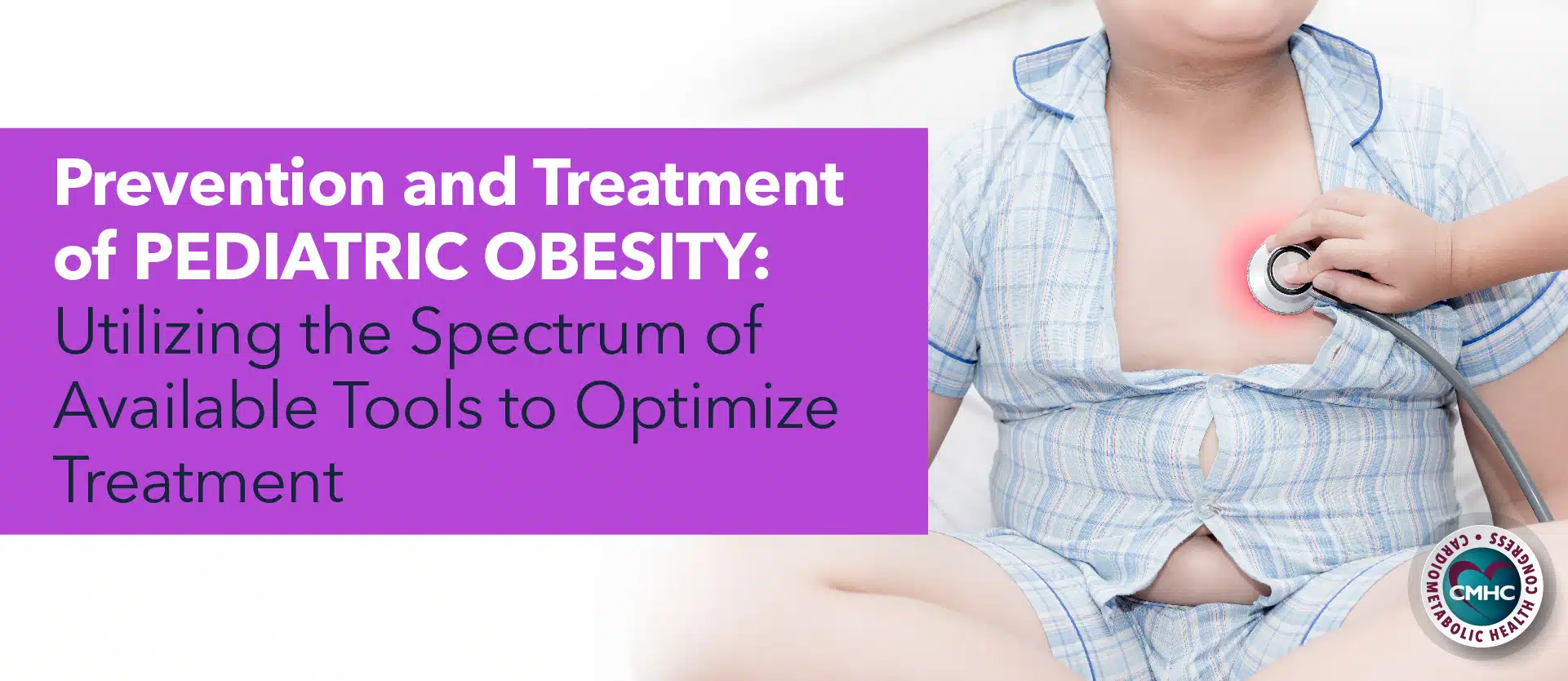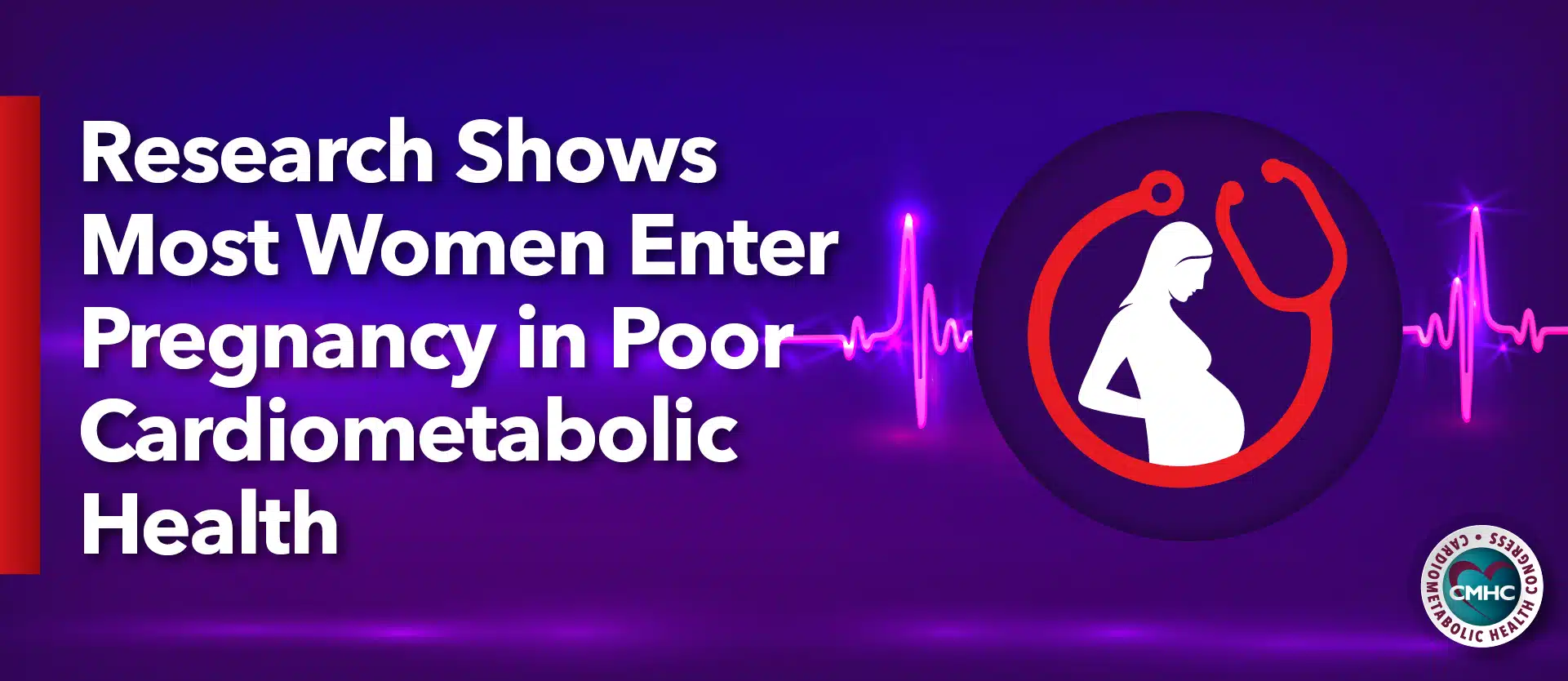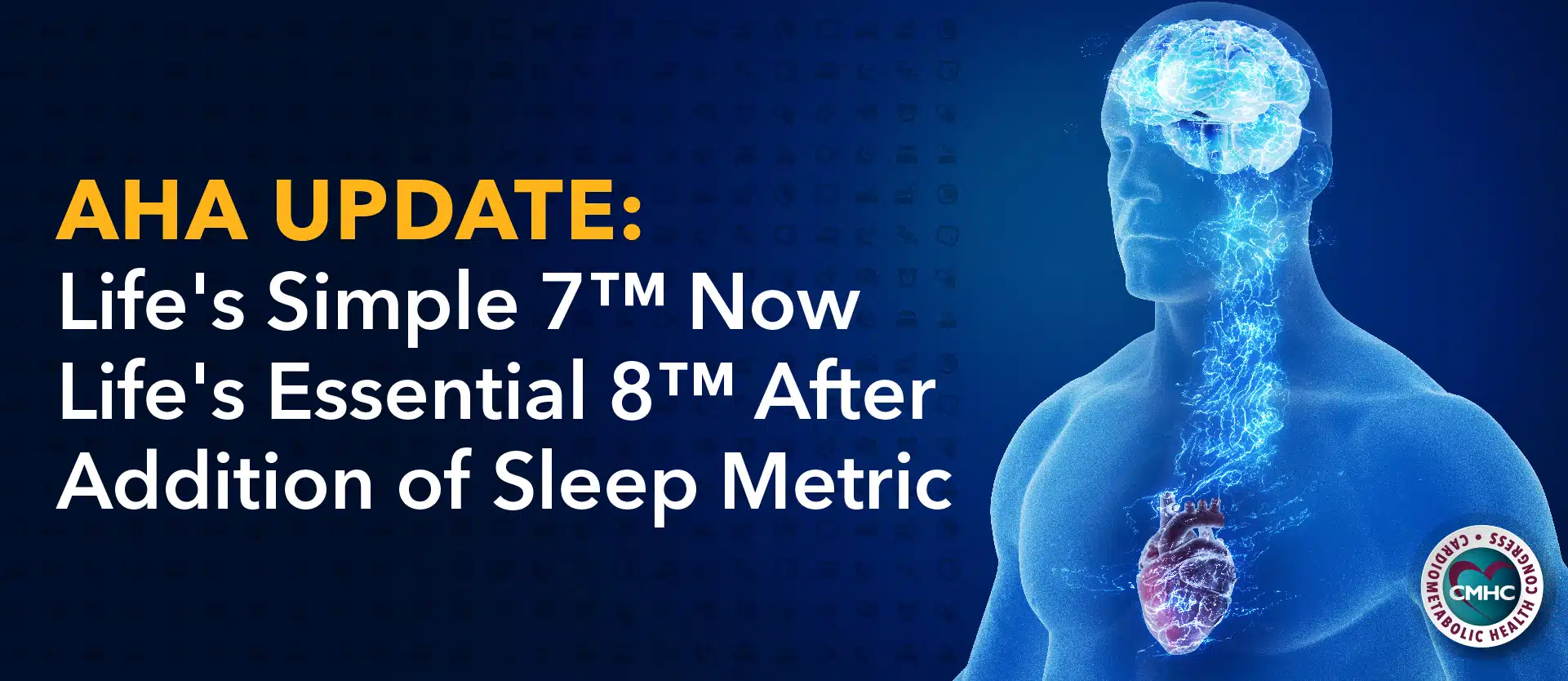
Heart disease is the primary killer of both men and women in the United States. Statistics indicate that every 80 seconds, a woman dies from either cardiovascular disease, or a stroke—yet the American Heart Association reports that 80% of all heart-related maladies can be prevented by the implementation of healthy lifestyle changes and education.
In light of American Heart Month, it is timely and prudent to understand the context and background of heart dis
ease, coupled with the risks—and ways to prevent it. Heart disease occurs when there is a negative change in the heart’s structure or function, ofteninvolving blood vessels that are narrow or blocked. Examples include stroke, heart failure, arrhythmia, high bloodpressure, and coronary artery disease.
While there are certain risk factors linked to heart disease that are uncontrollable—like age, gender, race, and hereditary genetics—several modifiable lifestyle choices can influent heart health. Primary risks include smoking, which can increase the risk of heart attack by 70%, and poor diet and nutrition. The latter increases the likelihood of high cholesterol and atherosclerosis, both of which contribute to heart disease. Stress and lack of exercise also exacerbate the risk of blood clots, high blood pressure, and stroke. Physical activity strongly correlates to healthy blood flow, which improves overall heart health.
Several symptoms of poor heart health include fatigue, congestion or coughing, chest pain and pressure, leg or ankle swelling, and pain in the jaw and limbs. Successfully managing heart health entails staying aware of these warning signs, and engaging in an active, healthy lifestyle to promote overall wellness.

















